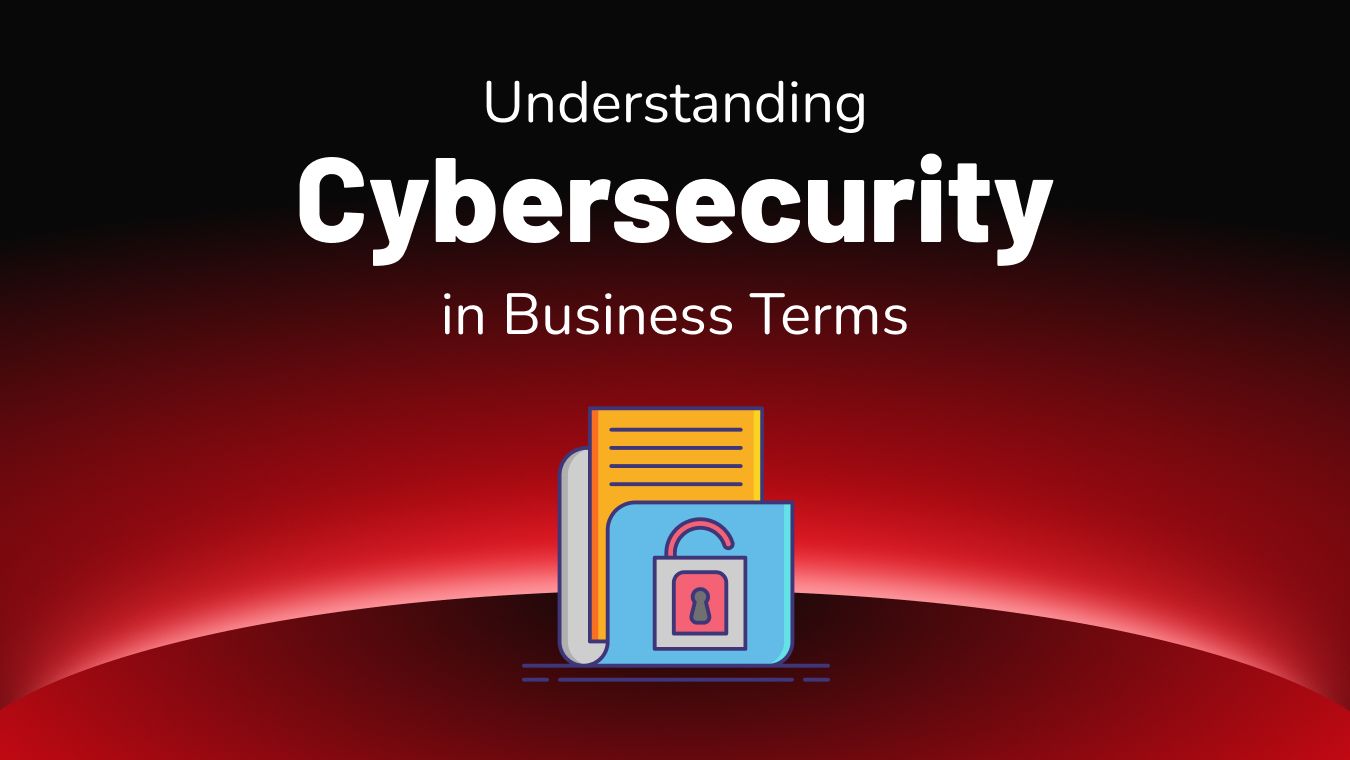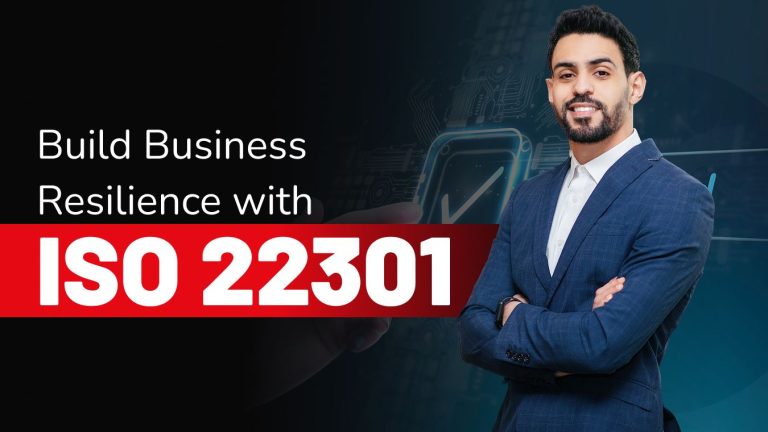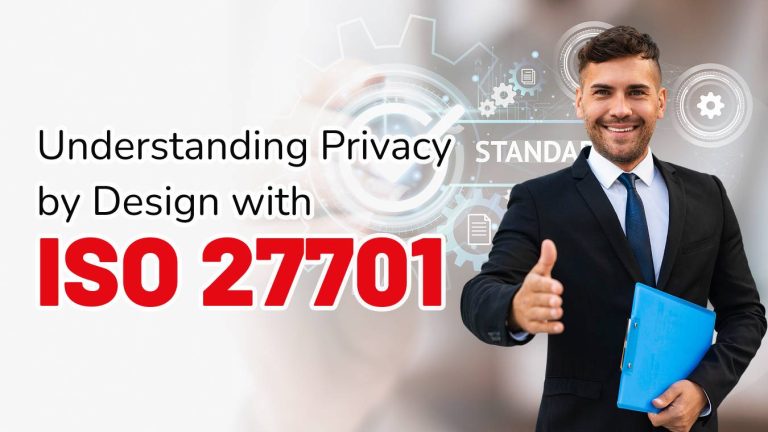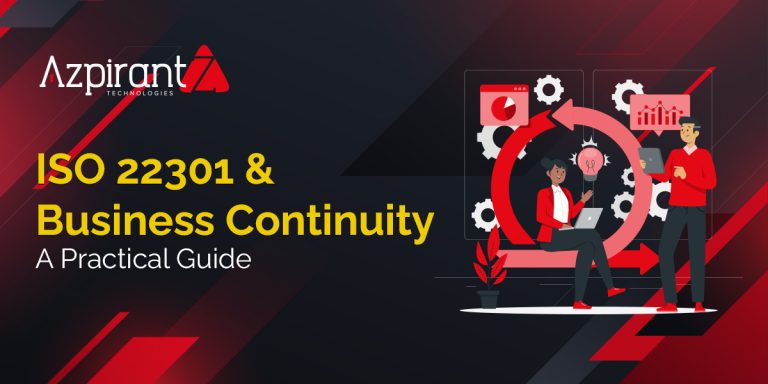Beyond Tech Talk: Understanding Cybersecurity in Business Term
Whenever there is a discussion about cybersecurity, people often use technical terminology like firewalls, encryption, multi-factor authentication etc. While these are important concepts, but they end up sounding like a foreign language to the business leaders who primarily focuses on financial growth and strategy.

Cybersecurity is no longer just an IT department’s concern, now it becomes more important for the whole business. Understanding it in simple business terms and explaining it to the leadership team in such a way they can understand the risks and they can allocate the resources effectively. This is exactly what this blog means by going beyond tech talk and focusing on what cybersecurity truly means for the business success.
From a business perspective, cybersecurity is mainly about the risk management that comes from the computers and internet as well. Many companies face risks from cyberattacks from things like supply chain disruptions, misconfigurations as well as compliance failures.
Business leaders instead of focusing on the technical things like fixing the software bugs or even installing some security related tools, focuses on the below aspects:
- Risk Exposure: What kind of Operational, reputational and financial impacts could a cyber attack have?
- Risk Appetite: How much risk organizations are willing to take before any sort of action is implemented.
- Risk Mitigation: What actions should the company take to reduce the risk without spending so much amount of money.
For instance, if a manufacturing firm might see a cyberattack on its production systems which then becomes not just a simple technology failure, but it is a disruption that eventually cause delays and lose money, based on this cybersecurity means protecting the business for these kinds of risks.
A cyber attack is no longer just a basic IT problem; it emerged as a full-scale business disruption. Here’s how:
- Financial Losses: Whenever there is a ransomware attack, the company might have to pay the ransom and must pay the experts to fix the problem or might face legal costs.
- Reputational Damage: Customers might stops trusting the organization if their company is no longer safe. It will take a plenty amount of time to earn that trust back.
- Operational Disruption: When the systems don’t work, which eventually stops the customer’s trust, delays in services and also damages the customer’s relationship.
- Regulatory Penalties: Non-compliance with industry standards and regulations can result in substantial fines.
Many Organizations still treating and seeing cyber security as an expense for the company, which can have much bigger picture beyond this like it can become a strength to the organization that helps businesses to grow. Such as:
- Customer Trust: When the organizations are protecting their customers data by implementing strong data protection mechanisms which will be selling point to the people to gain more trust.
- Partnership Opportunities: Lot of big techies and government organizations primarily work with partners who can prove they have strong good security posture. Having a good cybersecurity posture to an organization can helps you win contracts and many more advantages.
One of the main reasons lots of business leaders lose interest in cyber security talks is they are mainly filled with lot of technical metrics like how many phishing mails were blocked and how many firewall rules were updated and lot of configuration related details.
Instead, it’s better if cybersecurity shows results in such a way that matters to the business, such as:
- Incident Cost Reduction: The incident cost reduction mainly talks or shows how much less the company loses after improving and implementing the security measures.
- Downtime Reduction: It measures how security changes keep continuing the business operations with disruptions due to security improvements.
- Regulatory Compliance: It measures and track how close or how much the organisation is complying to all legal and industry standards.
- Customer Retention Post-Incident: It mainly talks about how quickly the trust among the customers gets restored after a security event.
The most effective cybersecurity strategies are those aligned with the overall organization’s business objectives. Based on this the security decisions should consider:
- Growth Plans: Expanding the business into newer markets or different countries or even different industries may require to different compliance measures.
- Digital Transformation: Migration to cloud related technologies and using automation, even AI these days can bring new risks that would need protection.
- Mergers & Acquisitions: During the process of acquiring a company which also means inheriting its cybersecurity posture as well.
Means Based on this of the security is properly planned right from the start of the company they can easily avoid the sudden problems later which can also keep everything safer as it grows.
Azpirantz’s approach to business continuity focuses on building a resilient framework rather than simply delivering a document. The effectiveness of their methodology lies in several key differentiators:
- Tailored and Flexible Solutions: Instead of a one-size-fits-all plan, Azpirantz develops a Business Continuity Management System (BCMS) that is customized to an organization’s specific risks and operational needs. This ensures the solution is practical and directly applicable.
- Knowledge Transfer and Empowerment: The process involves more than just an external consultant. Azpirantz works to transfer essential knowledge and skills to a client’s internal team, enabling them to effectively manage and respond to disruptions.
- Strategic Integration: Their solutions are designed to be integrated with existing compliance and governance frameworks. This approach streamlines processes and strengthens an organization’s overall risk management posture.
- Experience-Driven Methodology: The company leverages a team with extensive industry experience to anticipate potential threats and create robust, proven strategies that go beyond theoretical planning.
This approach provides a solid, long-term foundation for business resilience, ensuring an organization can sustain operations and protect its core assets during unforeseen events.
*This content has been created and published by the Azpirantz Marketing Team and should not be considered as professional advice. For expert consulting and professional advice, please reach out to [email protected].
We're Here To Help


